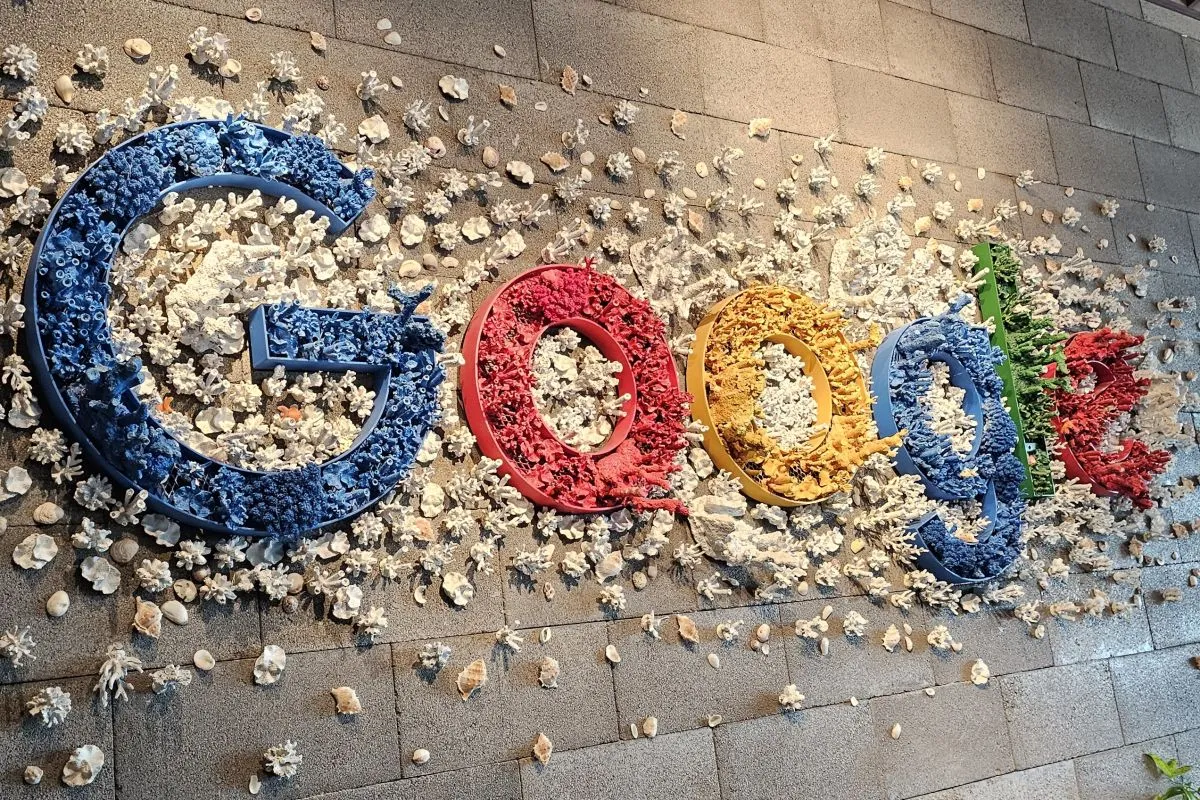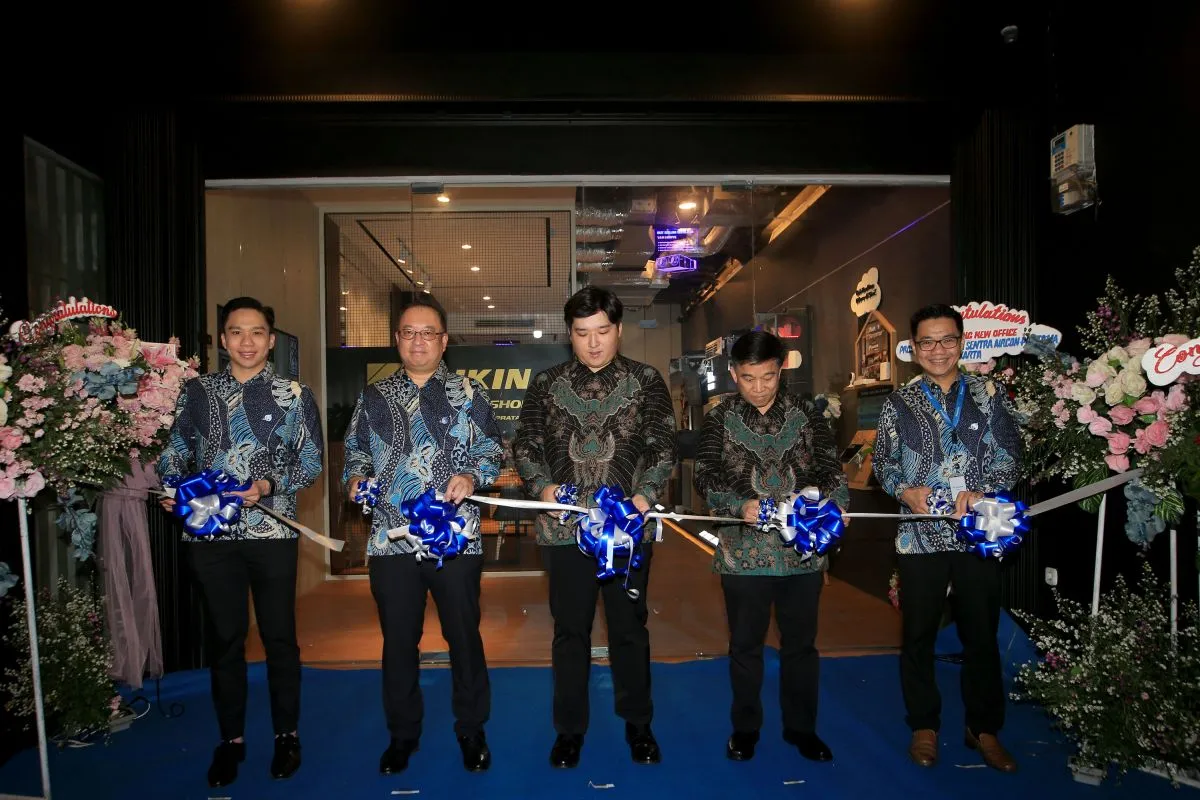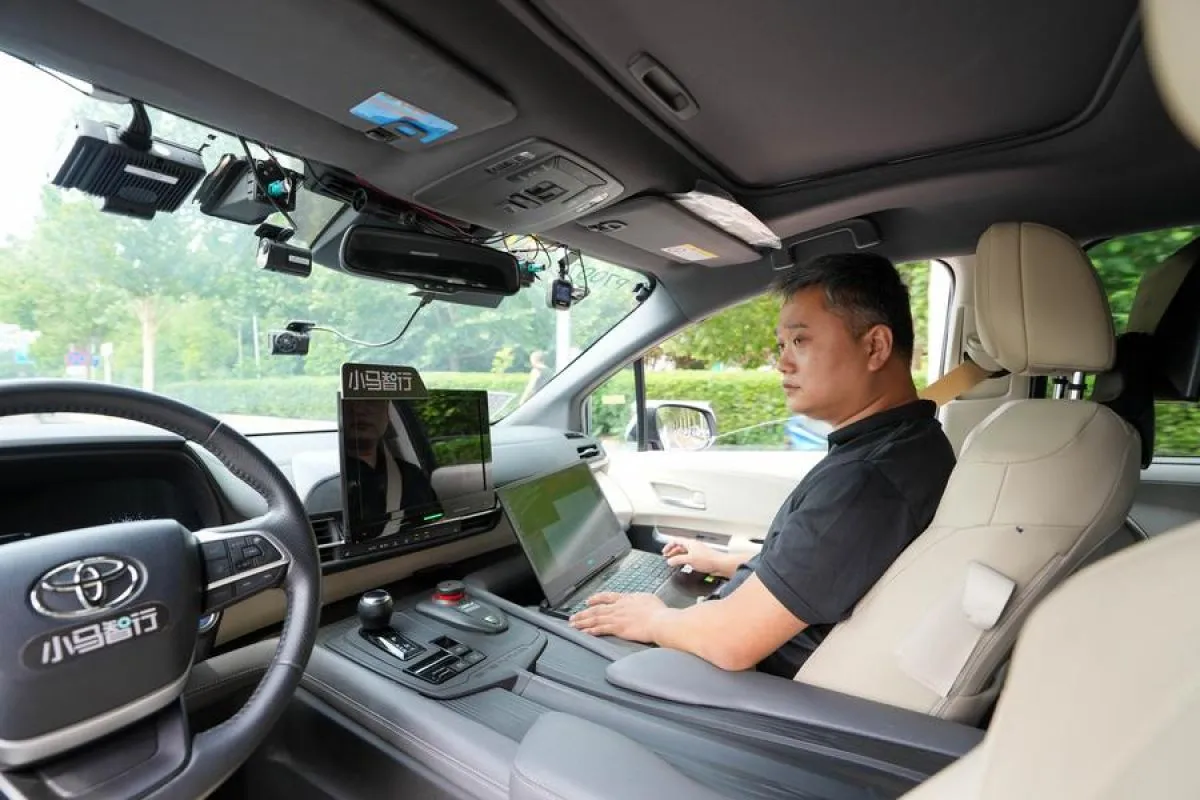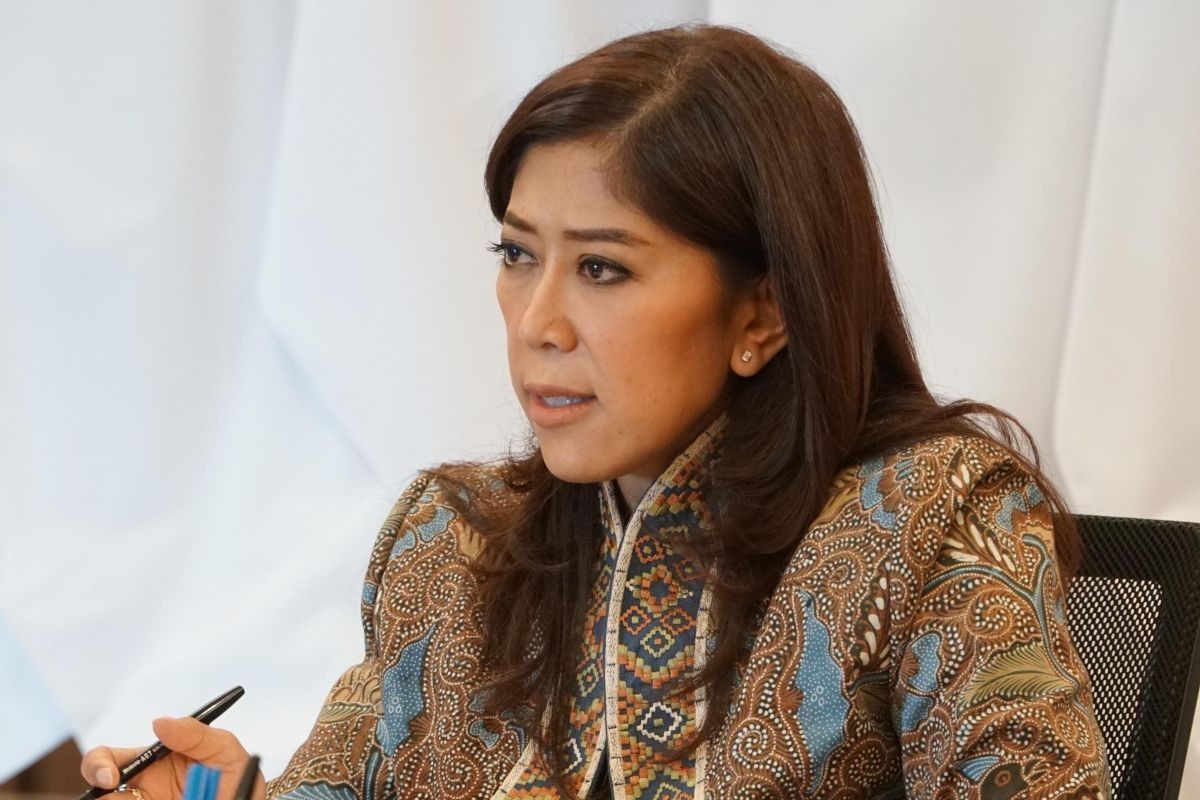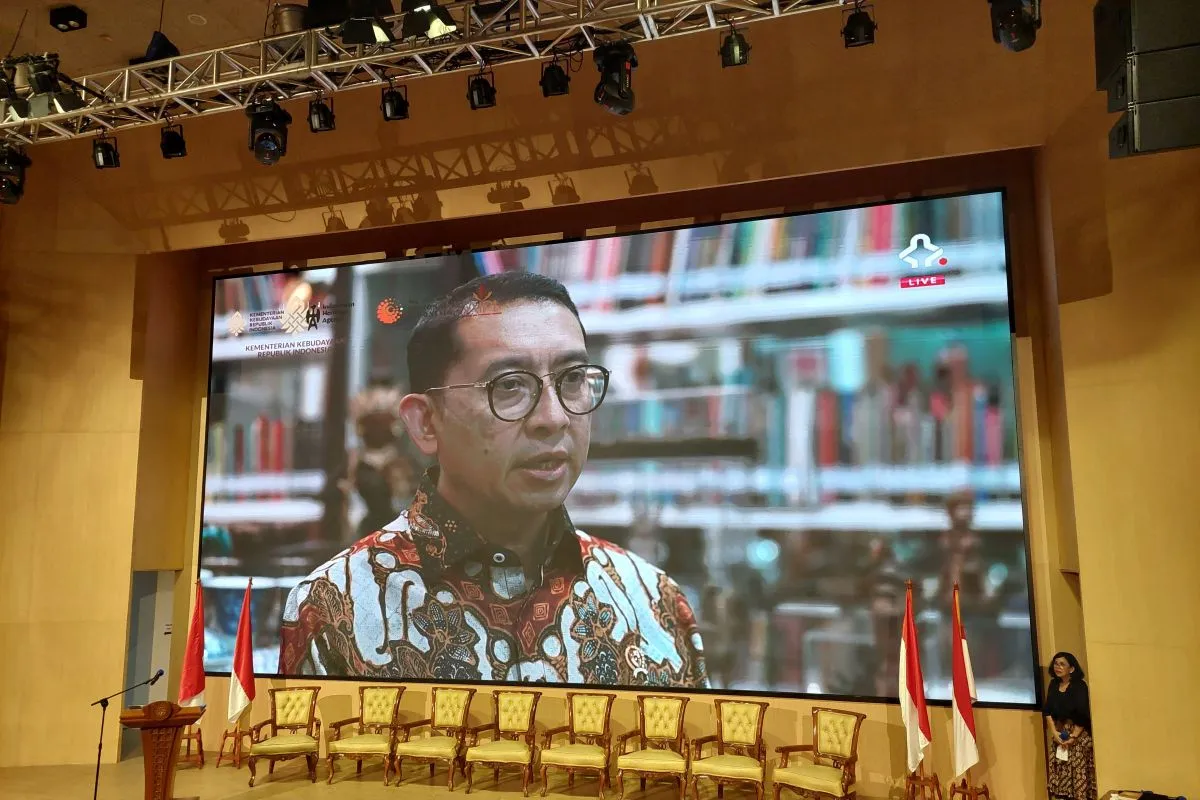Jakarta – BMW Group Indonesia kembali menghadirkan inovasi terbaru dalam dunia otomotif dengan meluncurkan BMW 320i M Sport pada ajang Indonesia International Motor Show (IIMS) 2025 di JIExpo Kemayoran, Jakarta, Kamis.
Presiden Direktur BMW Group Indonesia, Peter Medalla memperkenalkan model terbaru dari sedan legendaris yang kini hadir dengan berbagai pembaruan untuk memperkuat posisi BMW Seri 3 sebagai ikon dalam segmen sedan sporty premium.
“BMW 320i terbaru merupakan sebuah ikon dengan dinamika berkendara yang semakin disempurnakan, dilengkapi dengan BMW Operating System 8.5 dan desain yang semakin berkelas,” kata Peter Medalla.
Pria yang akrab disapa Sunny itu mengungkapkan, penyegaran yang dilakukan pada BMW 320i M Sport bukan hanya pada desain, tetapi juga mencakup teknologi canggih dan kenyamanan berkendara yang lebih modern.
Model terbaru ini hadir dengan pembaruan signifikan pada desain eksterior, baik di bagian depan maupun belakang.
BMW 320i M Sport kini tersedia dalam warna eksterior baru yakni Arctic Race Blue, yang semakin menambah kesan sporty dan dinamis pada tampilan kendaraan.
Desain eksterior tetap mempertahankan garis-garis tegas dan struktur yang jelas, dengan air intakes besar yang memberikan tampilan agresif khas BMW Seri 3.
Pada bagian depan, kidney grille yang khas BMW semakin menonjol, sementara pada bagian belakang, apron belakang dan unit lampu yang ramping memberikan kesan canggih dan modern.
Desain ini semakin menguatkan karakter sporty yang selama ini melekat pada BMW Seri 3.
Tidak hanya itu, BMW 320i M Sport juga dilengkapi dengan M Sport Package dan trim M High-gloss Shadowline yang menambah kesan sporty.
Adapuj interior BMW 320i M Sport tidak kalah menarik dengan pembaruan signifikan, salah satunya adalah pengenalan BMW Curved Display. Layar digital 12,3 inci di belakang kemudi dan layar kontrol 14,9 inci digabungkan menjadi satu unit yang lebih modern, menciptakan pengalaman berkendara yang lebih intuitif.
Lebih lanjut, BMW iDrive dengan “QuickSelect” memungkinkan pengendara untuk mengakses berbagai fungsi secara langsung tanpa harus membuka submenu, meningkatkan kenyamanan dan kemudahan saat berkendara.
Sunny menyampaikan, BMW juga menghadirkan berbagai inovasi dalam sistem digital dan konektivitas seperti BMW Intelligent Personal Assistant, yang dapat dioperasikan melalui layar sentuh dan suara.
Sistem ini semakin dipermudah dengan adanya konektivitas 5G dan BMW Digital Key yang memungkinkan pengemudi mengakses kendaraan melalui smartphone atau Apple Watch.
“Teknologi ini semakin meningkatkan pengalaman pengguna dengan berbagai fitur tambahan, seperti Welcome Scenario yang memberikan penyambutan dengan efek cahaya yang menawan,” ujarnya.
Dari sisi performa, BMW 320i M Sport tetap mempertahankan karakter sporty khas BMW Seri 3. Ditenagai mesin empat silinder BMW TwinPower Turbo, mobil ini menghasilkan 184 hp dan torsi maksimum 300 Nm, yang memungkinkan akselerasi 0-100 km/jam dalam waktu 7,4 detik.
Transmisi Steptronic Sport delapan percepatan tersedia sebagai opsi, yang menawarkan perpindahan gigi tajam dan responsif, memberikan pengalaman berkendara yang lebih dinamis dan menyenangkan.
Tak hanya soal performa, BMW 320i M Sport juga dilengkapi dengan sejumlah fitur bantuan pengemudi yang semakin meningkatkan kenyamanan dan keamanan.
Fitur standar termasuk Front Collision Warning dengan intervensi rem, Cruise Control dengan fungsi rem, serta Lane Departure Warning yang mengembalikan kendaraan ke jalur semula.
Selain itu, terdapat juga opsi sistem Active Cruise Control dengan fungsi Stop&Go, serta Parking Assistant dengan Reversing Assist Camera dan Reversing Assistant untuk mempermudah parkir.
BMW 320i M Sport dibanderol dengan harga Rp 1,067,000,000 off-the-road dan kini sudah tersedia di BMW Group Pavilion di IIMS 2025 serta dealer resmi BMW di Indonesia.
Pembelian kendaraan ini juga dilengkapi dengan berbagai keuntungan, termasuk BMW Service Inclusive Plus, Group Tire Coverage, serta BMW Roadside Assistance Services.
“BMW 320i M Sport hadir sebagai pilihan bagi para penggemar kendaraan sporty yang mengutamakan kualitas, performa, dan teknologi canggih, serta siap melanjutkan kisah sukses BMW Seri 3 di Indonesia,” pungkasnya.




